The History and Heritage of Champagne: Unveiling the Sparkling Secrets
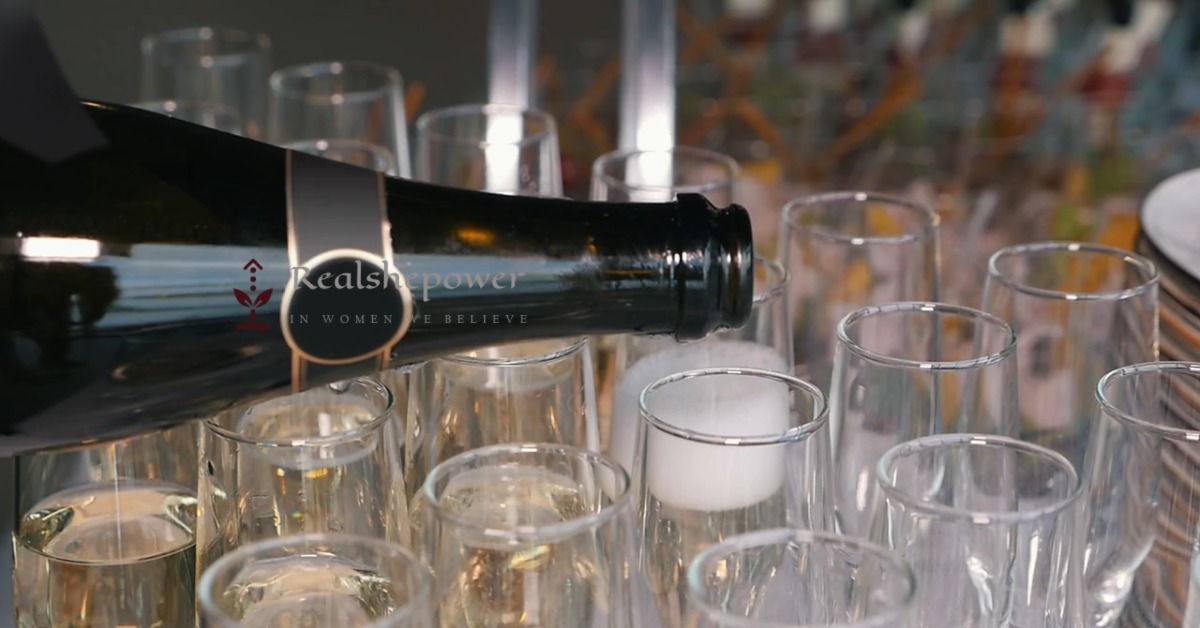

Introduction
Pop! Fizz! Clink! The mere sound of uncorking a bottle of Champagne is enough to ignite a sense of joy and festivity. With its effervescence and elegance, Champagne has secured its position as the drink of celebration. But have you ever wondered about the remarkable history and heritage of Champagne? Step into the realm of Champagne, where tradition meets innovation, and indulge in a tale that spans centuries.
Table of Contents
The Origins: Birth of a Legend
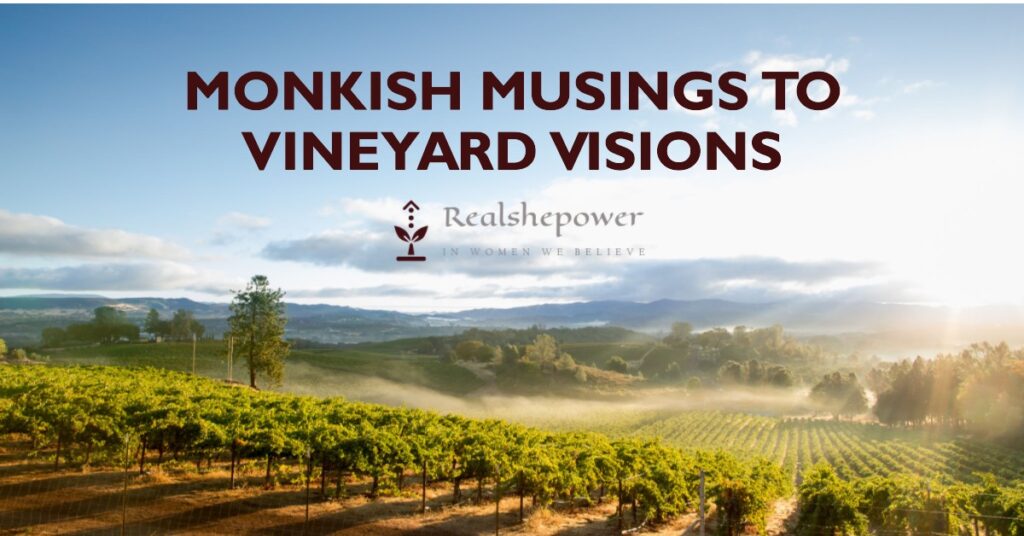
The origins of Champagne are deeply rooted in the historic and picturesque Champagne region of northeastern France. Amidst the verdant landscapes and rolling vineyards, the story of this effervescent elixir begins to unfold, revealing a journey filled with serendipitous discoveries and visionary minds.
A Happy Accident: Dom Pérignon’s Serendipitous Discovery
Step back in time to the late 17th century, where the tale of Champagne’s birth intertwines with the name of a legendary figure: Dom Pérignon. Contrary to popular belief, Dom Pérignon did not invent Champagne, but his contributions to its production are immeasurable.
Dom Pérignon, a Benedictine monk residing in the Abbey of Hautvillers, was a man of contemplation and passion for winemaking. Known for his meticulous attention to detail, he spent years experimenting with grape varieties, fermentation techniques, and blending methods. It was during this time that a fortuitous accident occurred, forever altering the course of Champagne’s history.
Legend has it that Dom Pérignon, while observing the fermentation process in the cellars, witnessed the phenomenon of bubbles forming in the wine. Startled and intrigued, he exclaimed, “Come quickly, I am tasting the stars!” This poetic phrase encapsulated the sheer magic and brilliance of what he had stumbled upon.
Driven by his relentless pursuit of perfection, Dom Pérignon set out to refine the winemaking techniques, focusing on eliminating impurities, improving grape quality, and developing new methods for pressing grapes. His meticulous approach and dedication to quality were instrumental in laying the foundation for Champagne as we know it today.
The Invention of Méthode Champenoise: A Sparkling Revelation
While Dom Pérignon’s contributions paved the way for Champagne’s development, it was another individual who made a groundbreaking discovery that would forever change the trajectory of sparkling wine production. Enter Christopher Merret, an English scientist whose name is synonymous with the invention of Méthode Champenoise.
In the early 17th century, long before the term Champagne was officially coined, still wines from the Champagne region were known for their effervescence, but it was considered a flaw rather than a desirable trait. These wines were prone to fermentation issues, causing them to develop bubbles unexpectedly.
Merret, with his keen scientific mind, sought to unravel the mysteries behind the effervescence in Champagne. In 1662, he presented a paper to the Royal Society of London, revealing his groundbreaking discovery. Merret outlined a method to deliberately induce a secondary fermentation in the bottle, which resulted in the production of sparkling wine.
His revelation centered around the addition of a carefully measured amount of sugar and a specific strain of yeast to the wine. As the yeast consumed the sugar, carbon dioxide gas was released, creating the iconic bubbles that would define Champagne. This innovative technique, known as méthode champenoise or traditional method, revolutionized the production of sparkling wines and established Champagne as the pinnacle of effervescence.
The combined efforts of Dom Pérignon and Christopher Merret laid the cornerstone for the evolution of Champagne. Their visionary ideas and scientific advancements propelled this regional curiosity into the realm of worldwide acclaim. The stage was set for Champagne to capture the hearts and palates of connoisseurs across the globe, forever solidifying its place as the epitome of celebration and luxury.
Bubbles and Beyond: Champagne Takes Flight
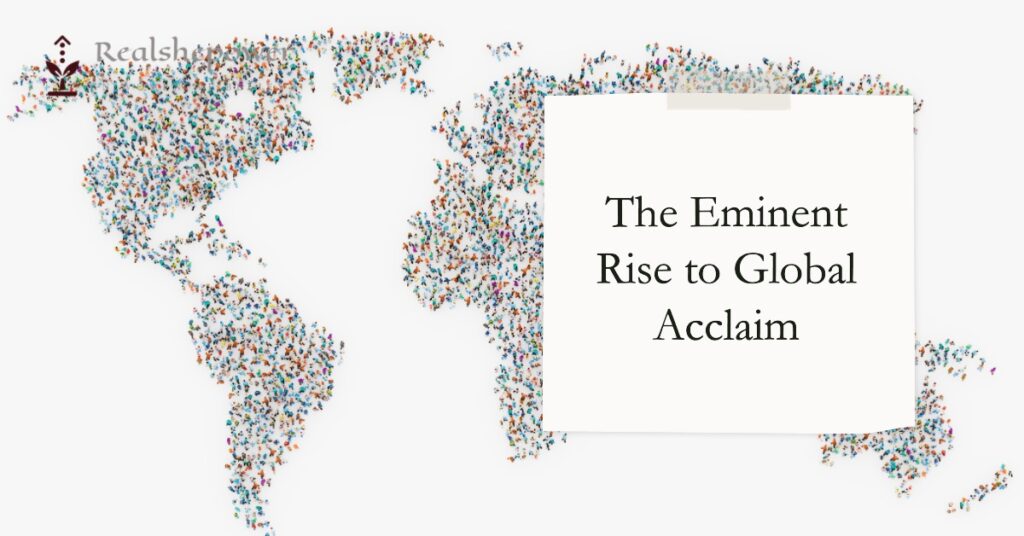
When Champagne burst onto the scene with its effervescent allure and captivating taste, it quickly captivated the hearts and palates of the world’s elite. From royal courts to the tables of aristocracy, Champagne became synonymous with opulence and celebration. However, its journey to international fame was not without its challenges. Let’s delve into the fascinating story of how Champagne took flight and soared to global acclaim.
Toasts and Triumphs: Champagne at Royal Courts
As the crisp bubbles of Champagne tickled the taste buds of nobles, it cemented its association with royalty. The regal connection dates back to the coronation of King Clovis in 496 AD. Legend has it that the holy oil used for his anointment was stored in a vessel made of Champagne oak, forever linking the drink to the highest echelons of power. This early connection set the stage for Champagne’s later triumphs at royal courts across Europe.
Throughout history, Champagne became a fixture at grand banquets and lavish celebrations of monarchs and nobles. The effervescence of Champagne mirrored the effervescence of celebration itself, making it the quintessential choice for toasts and merriment among the aristocracy. The sparkle of the wine matched the sparkle of their lifestyles, and Champagne became an emblem of luxury, refinement, and sophistication.
From France to the World: Global Expansion
While Champagne had firmly established itself as the drink of choice among the French aristocracy, its path to global dominance was still unfolding. The turning point came in the 19th century when Champagne began its expansion beyond the borders of France, captivating the taste buds of the world.
It was during this time that Champagne’s international acclaim reached new heights. The renowned Champagne houses, with their commitment to excellence and unwavering pursuit of perfection, played a pivotal role in shaping Champagne’s global reputation. Names like Moët & Chandon, Veuve Clicquot, and Krug became synonymous with exceptional quality and unparalleled craftsmanship.
Exportation became key to Champagne’s success. The British market, in particular, proved to be fertile ground for the expansion of Champagne’s influence. British high society developed a deep appreciation for the fine bubbles and complex flavors of Champagne. It became a status symbol, a marker of sophistication and taste.
Russia, too, fell under Champagne’s spell. The Russian aristocracy eagerly embraced this effervescent elixir, and the nobles of St. Petersburg and Moscow indulged in extravagant Champagne-filled soirées. The demand from the Russian market soared, solidifying Champagne’s status as a luxury product coveted by the international elite.
As Champagne’s reputation spread, it found its way into the glasses of diplomats, artists, and intellectuals across the globe. From European capitals to the bustling metropolises of the New World, Champagne became a beverage of choice for those who relished life’s finest moments.
The allure of Champagne’s bubbles transcended borders and cultures. It embodied the spirit of celebration, joy, and indulgence. No matter where you were, a glass of Champagne instantly elevated any occasion, turning the ordinary into the extraordinary.
Champagne’s global expansion was not without its challenges, though. The wine industry faced crises, including wars, economic downturns, and the devastation caused by phylloxera, a vineyard pest. However, Champagne’s resilience and unwavering commitment to quality allowed it to weather these storms and emerge stronger than ever.
Today, Champagne continues to be celebrated worldwide, maintaining its reputation as the ultimate symbol of festivity and luxury. It is poured at weddings, anniversaries, and milestone celebrations, serving as a constant reminder that life’s moments are meant to be cherished and savored.
Bubbles of Culture: Champagne’s Cultural Significance
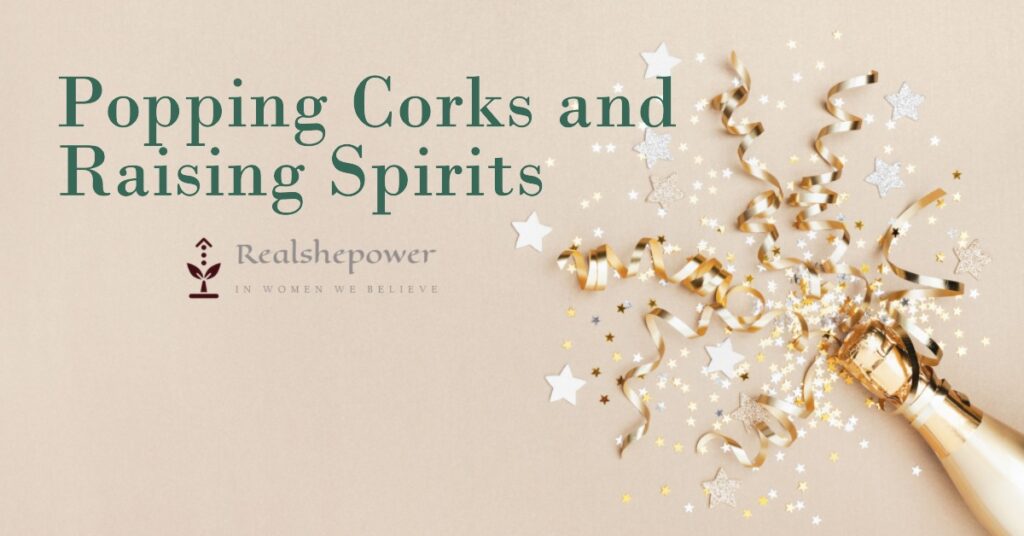
Champagne’s cultural significance reaches far beyond its role as a celebratory libation. It has ingrained itself into the tapestry of human culture, becoming an emblem of elegance, prestige, and refined taste. Let us delve deeper into the captivating world where Champagne and culture intertwine.
Champagne in Art and Literature: A Toast to Creativity
Champagne, with its effervescence and allure, has inspired artists and writers for centuries. From the canvases of master painters to the pages of celebrated novels, Champagne has been celebrated as a symbol of luxury and joie de vivre.
A Visual Ode to Champagne: From the masterpieces of the Impressionist era to contemporary art, Champagne has found its place in countless paintings. Artists like Édouard Manet, Pierre-Auguste Renoir, and Henri de Toulouse-Lautrec immortalized Champagne in their works, capturing the glistening bubbles and the joyous atmosphere that accompanies its consumption. These artistic renditions have elevated Champagne to a symbol of opulence and elegance, forever etched in the annals of art history.
Champagne in Literature: Writers have eloquently expressed their admiration for Champagne through their literary works. F. Scott Fitzgerald, in “The Great Gatsby,” portrayed Champagne as a beverage synonymous with grandeur and excess, mirroring the lavishness of the Jazz Age. Ernest Hemingway, in “A Moveable Feast,” vividly described the bohemian lifestyle of 1920s Paris, where Champagne flowed freely and creativity thrived. These literary tributes have cemented Champagne’s place as an emblem of celebration and sophistication in the realm of words.
Champagne on the Silver Screen: A Cinematic Elixir
Champagne’s allure has not escaped the silver screen, where it has played a starring role in countless cinematic moments. From classic films to contemporary blockbusters, Champagne has become a visual and sensory symbol of luxury and jubilation.
Celebratory Scenes: Champagne has become the ultimate cinematic symbol of celebration. Whether it’s the climactic moments of triumph, the toast to newlyweds, or the ringing in of the New Year, Champagne appears as the drink of choice. In films like “Casablanca” and “Pretty Woman,” Champagne embodies the spirit of joy and serves as a visual marker of significant milestones and cherished memories.
Iconic Indulgences: Champagne’s effervescence and elegance have also been showcased in scenes of indulgence and luxury. In movies such as “Breakfast at Tiffany’s” and “The Great Gatsby,” Champagne takes center stage, enhancing the atmosphere of sophistication and refinement. These cinematic portrayals have elevated Champagne to a symbol of luxury, decadence, and the good life.
Champagne in Fashion and Lifestyle: A Symbol of Glamour
Champagne’s association with glamour and high society extends beyond the realms of art and cinema. It has permeated the world of fashion and lifestyle, becoming an iconic accessory for those seeking to embody sophistication and refinement.
Red-Carpet Rituals: In the glitz and glamour of award ceremonies and red-carpet events, Champagne is a constant companion. Celebrities, draped in designer gowns and tuxedos, effortlessly clutch a flute of Champagne, exuding elegance and style. The marriage between Champagne and the world of fashion showcases the drink as an indispensable element of high-profile events and the epitome of luxury.
Lifestyle Celebrations: Champagne has become a staple in celebrations of all kinds, from weddings and anniversaries to birthdays and achievements. It has become customary to mark significant moments with a bottle of Champagne, reflecting the desire to elevate experiences and create lasting memories. The presence of Champagne elevates any gathering, adding an aura of sophistication and festivity.
Champagne’s cultural significance is a testament to its enduring appeal and the captivating magic that surrounds it. From its representation in art and literature to its on-screen presence in the world of cinema, Champagne has transcended its role as a mere beverage, becoming a symbol of celebration, refinement, and the finer things in life.
FAQs About Champagne
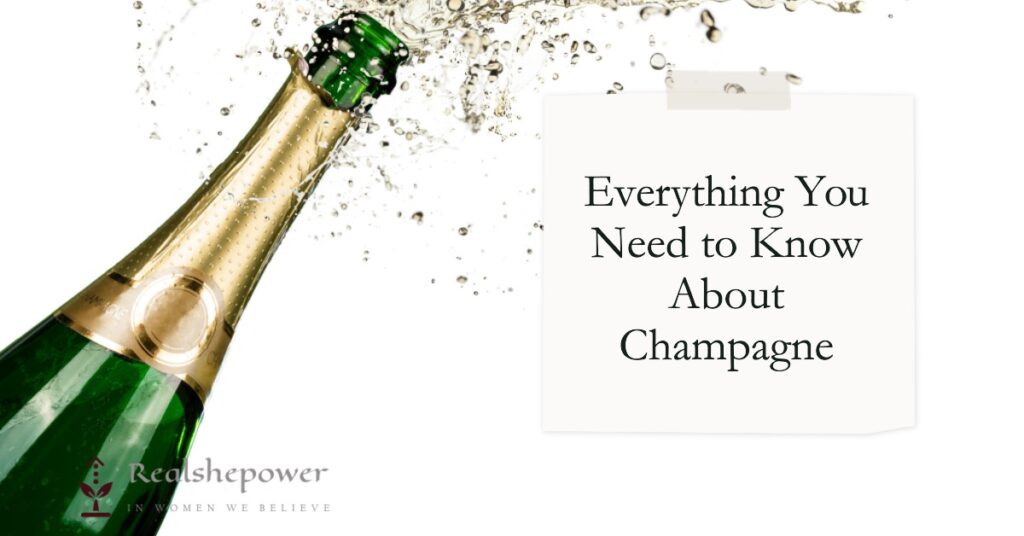
Is Champagne only produced in France?
Yes, Champagne is legally protected and can only be produced in the Champagne region of France. This distinction ensures the authenticity and quality of the sparkling wine.
Can Champagne be made from any grape variety?
No, Champagne is primarily made from three grape varieties: Chardonnay, Pinot Noir, and Pinot Meunier. Each grape brings unique characteristics to the final blend.
What is the ideal temperature to serve Champagne?
The ideal serving temperature for Champagne is between 45°F and 48°F (7°C and 9°C). This ensures that the flavors and aromas are perfectly balanced.
How long can Champagne be stored?
Non-vintage Champagne is typically best enjoyed within 3-5 years of purchase. Vintage Champagnes, on the other hand, can be aged for longer periods, often developing more complex flavors.
Are all sparkling wines Champagne?
No, Champagne refers specifically to sparkling wines produced in the Champagne region of France. Sparkling wines produced in other regions are known by different names, such as Prosecco or Cava.
What is the difference between Champagne and sparkling wine?
The main difference lies in their place of origin. Champagne refers specifically to sparkling wine produced in the Champagne region of France, using the traditional method. Sparkling wine, on the other hand, can be produced in various regions around the world using different methods.
Can Champagne be paired with food?
Absolutely! Champagne’s versatility makes it an excellent choice for food pairings. Its acidity and effervescence can cut through rich and fatty dishes, making it an ideal companion for seafood, oysters, creamy cheeses, and even fried foods. It can also be enjoyed on its own as an aperitif.
How are the bubbles formed in Champagne?
The bubbles in Champagne are formed during the secondary fermentation process. After the base wine is bottled, a mixture of sugar and yeast, known as the “liqueur de tirage,” is added. This triggers a second fermentation in the bottle, creating carbon dioxide gas, which is trapped inside and forms the characteristic bubbles.
Can Champagne age like other wines?
Yes, certain Champagne wines, particularly vintage Champagnes, have the potential to age and develop more complex flavors over time. Proper storage conditions, such as a cool and dark environment, are essential for preserving the integrity of the wine during the aging process.
Are there any famous Champagne houses?
Yes, there are numerous renowned Champagne houses that have made significant contributions to the history and heritage of Champagne. Some notable examples include Moët & Chandon, Dom Pérignon, Veuve Clicquot, Krug, and Bollinger, among others. These houses are known for their commitment to excellence and craftsmanship.
What makes Champagne so special?
Champagne’s uniqueness stems from a combination of factors, including its geographical origins, centuries-old traditions, and meticulous craftsmanship. The region’s unique terroir, the skillful blending of grapes, and the strict regulations governing production all contribute to Champagne’s exceptional quality and distinct character.
The Legacy Lives On: Sparkling Through Generations
Champagne, with its timeless elegance and effervescent allure, has forged a lasting legacy that continues to captivate and enchant wine enthusiasts worldwide. Its rich history and heritage have left an indelible mark on the world of wine, transcending time and evolving to meet the demands of each new generation.
Passing the Torch: A Tradition of Excellence
One of the defining characteristics of Champagne’s legacy is its unwavering commitment to craftsmanship and quality. Throughout the centuries, Champagne producers have meticulously upheld the traditional methods and techniques that have shaped the beverage into the masterpiece it is today.
The Art of Blending: A Symphony of Flavors
Blending is at the heart of Champagne production, and it is through this delicate art that the unique flavor profiles of each Champagne house are created.
Master blenders, known as “Chefs de Cave,” skillfully combine different grape varieties, vineyard plots, and vintages to craft a harmonious symphony of flavors, ensuring consistency and excellence year after year.
This dedication to the art of blending is a testament to Champagne’s legacy, preserving the craftsmanship that has been honed and perfected over centuries.
The Spirit of Innovation: Pushing Boundaries
While Champagne cherishes its traditions, it has also embraced innovation to adapt and thrive in a rapidly changing world.
From advancements in vineyard management techniques to the development of new winemaking technologies, Champagne producers have continually pushed the boundaries of what is possible.
This spirit of innovation has allowed Champagne to evolve and meet the evolving tastes and preferences of modern consumers, while staying true to its heritage.
Celebrating Diversity: Beyond the Traditional
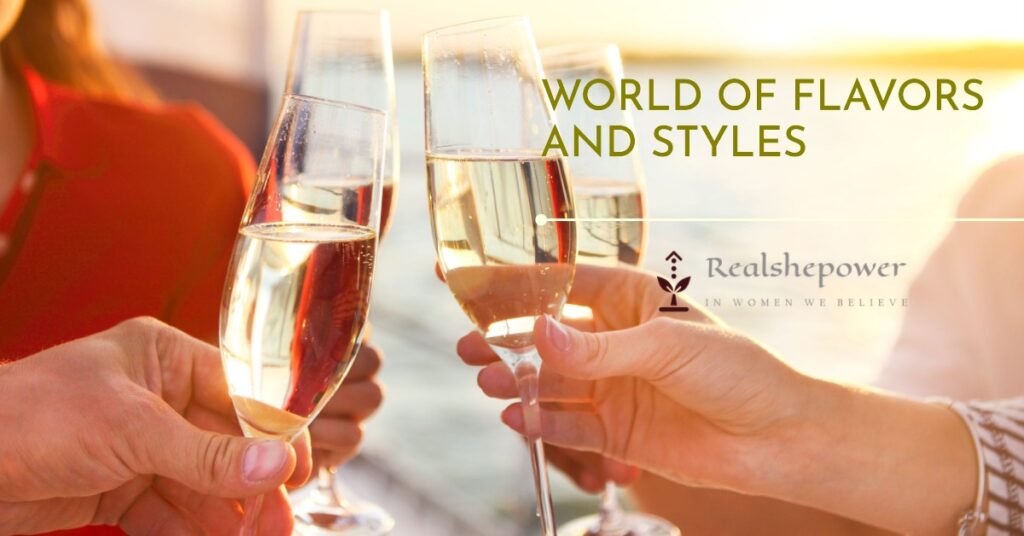
Champagne’s legacy is not confined to a single flavor profile or style. As the wine world has evolved, so too has Champagne, offering a diverse range of expressions that cater to a variety of palates and occasions.
Non-Vintage Delights: Consistency in Every Sip
Non-vintage Champagne, crafted from a blend of wines from multiple years, showcases the house style and offers a consistent flavor profile year after year.
These Champagnes are often characterized by their fresh fruitiness, lively acidity, and elegant bubbles, making them perfect for celebrations or casual gatherings.
Vintage Prestige: Unveiling the Essence of a Year
Vintage Champagnes are crafted from grapes harvested in exceptional years, reflecting the unique character and nuances of that specific vintage.
With extended aging on the lees, these Champagnes develop complex flavors, creamy textures, and an exquisite depth that unveils the true essence of the year it was created.
Each bottle of vintage Champagne tells a story, capturing the essence of a specific moment in time.
Rosé Revelry: A Flirtation with Color
Rosé Champagne, with its delicate blush hue, adds a touch of romance and elegance to any occasion.
Crafted through a process of maceration or blending of red and white wines, Rosé Champagne displays a wide spectrum of flavors, ranging from fruity and vibrant to rich and nuanced.
Prestigious Prestige Cuvées: Unleashing Grandeur
Prestige Cuvées are the crown jewels of Champagne, representing the epitome of excellence and luxury.
Produced in limited quantities and often from the finest grapes and vineyards, these Champagnes showcase the utmost finesse, complexity, and age-worthiness.
Toasting to the Future: Champagne’s Enduring Charm
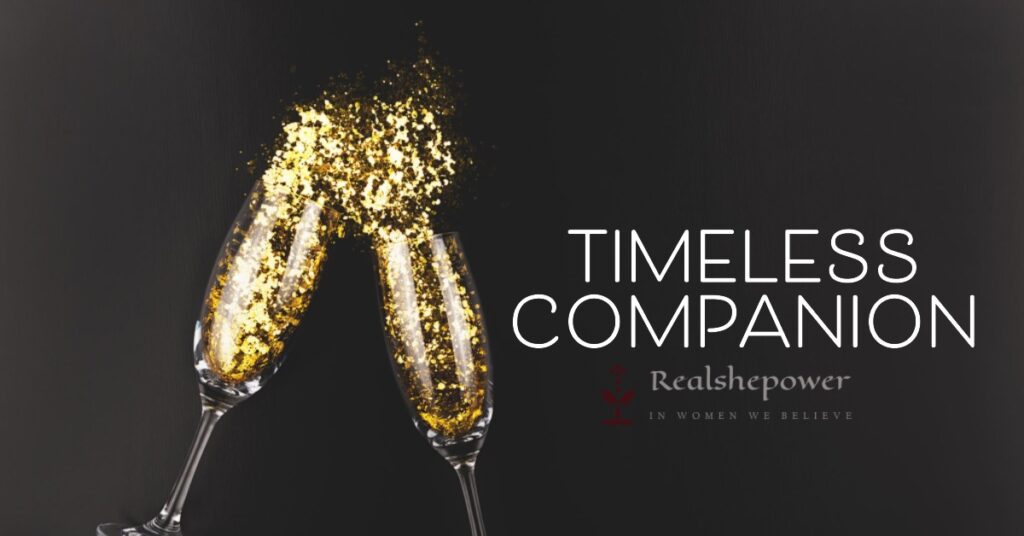
As we raise our glasses to celebrate life’s moments, Champagne remains a steadfast companion, evolving alongside us and continuing to be an emblem of celebration, luxury, and refinement.
A Catalyst for Celebration: Marking Milestones
Champagne’s association with celebrations and milestones is deeply ingrained in our cultural fabric.
From weddings and birthdays to New Year’s Eve and achievements, Champagne has become synonymous with moments of triumph, joy, and togetherness.
Its effervescent bubbles and elegant taste elevate these occasions, creating an atmosphere of festivity and making them all the more memorable.
An Expression of Luxury: A Symbol of Success
Throughout history, Champagne has been synonymous with luxury and success, a symbol of achievement and refinement.
Opening a bottle of Champagne signifies not only a special moment but also a celebration of one’s accomplishments, an acknowledgment of the finer things in life.
A Culinary Companion: Enhancing Gastronomic Experiences
Champagne’s versatility extends beyond celebration; it has become an indispensable companion to gastronomic delights.
Its vibrant acidity and complex flavors make it a perfect pairing for a wide range of cuisines, from delicate seafood and creamy cheeses to decadent desserts.
The interplay of Champagne’s effervescence with the diverse flavors on the plate elevates the dining experience to new heights.
An Iconic Brand: Building a Lasting Reputation
Champagne’s legacy is not limited to the liquid inside the bottle; it extends to the renowned brands that have become synonymous with excellence and prestige.
Champagne houses such as Krug, Bollinger, and Dom Pérignon have established themselves as beacons of quality and tradition, their names carrying the weight of centuries of expertise and craftsmanship.
In the grand tapestry of wine history, Champagne holds a cherished place, its legacy intertwining with the fabric of our lives. As we sip from our flutes and witness the bubbles dance, we are reminded that we are partaking in a centuries-old tradition—a tradition that will continue to evolve, innovate, and captivate for generations to come.
So, let us raise our glasses once more to the enduring legacy of Champagne, to the craft and artistry that has brought joy and elegance to countless occasions, and to the promise of a future filled with more sparkling moments to cherish. The history and heritage of Champagne live on, ever sparkling, ever enchanting.
You can now write for RSP Magazine and be a part of the community. Share your stories and opinions with us here.
